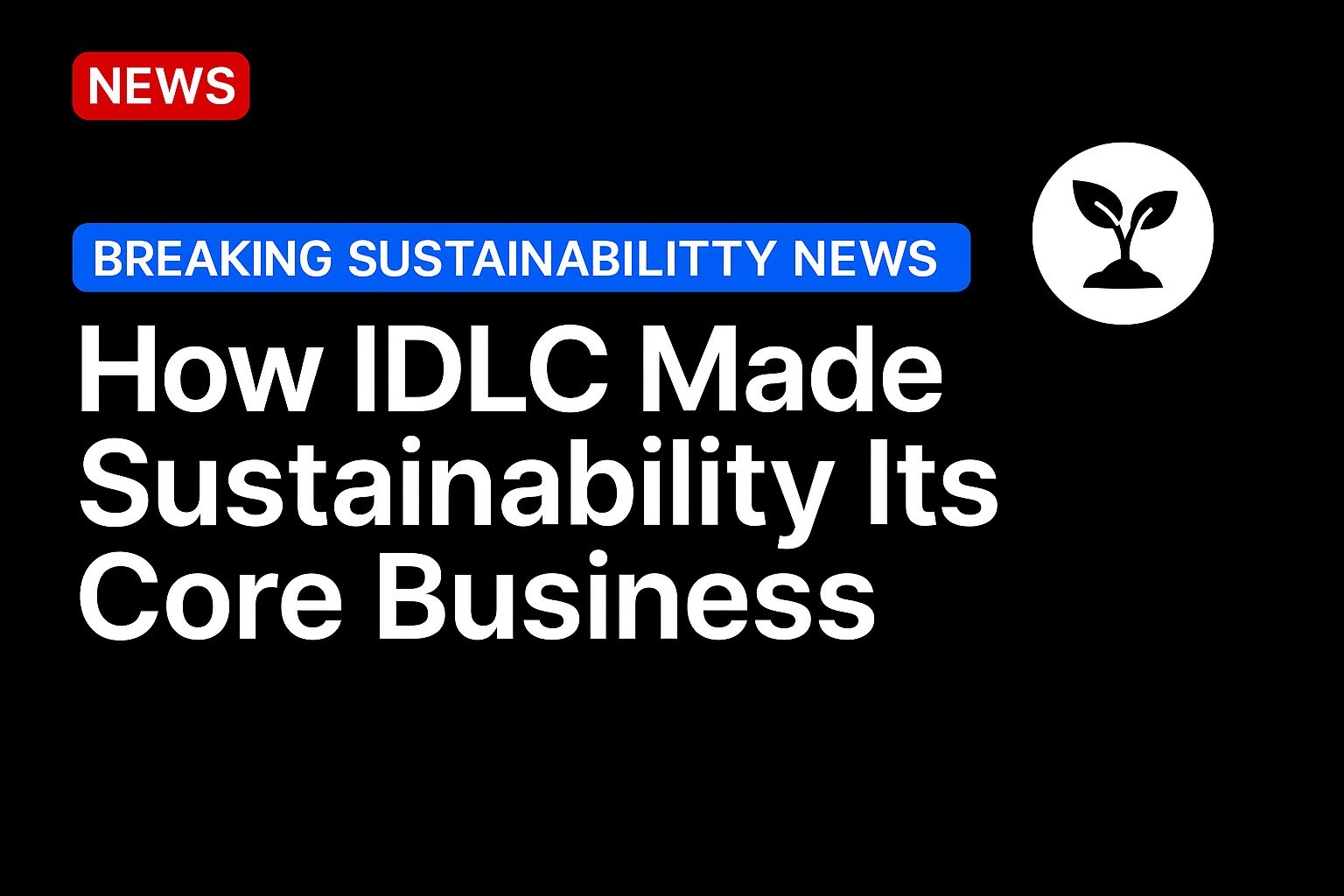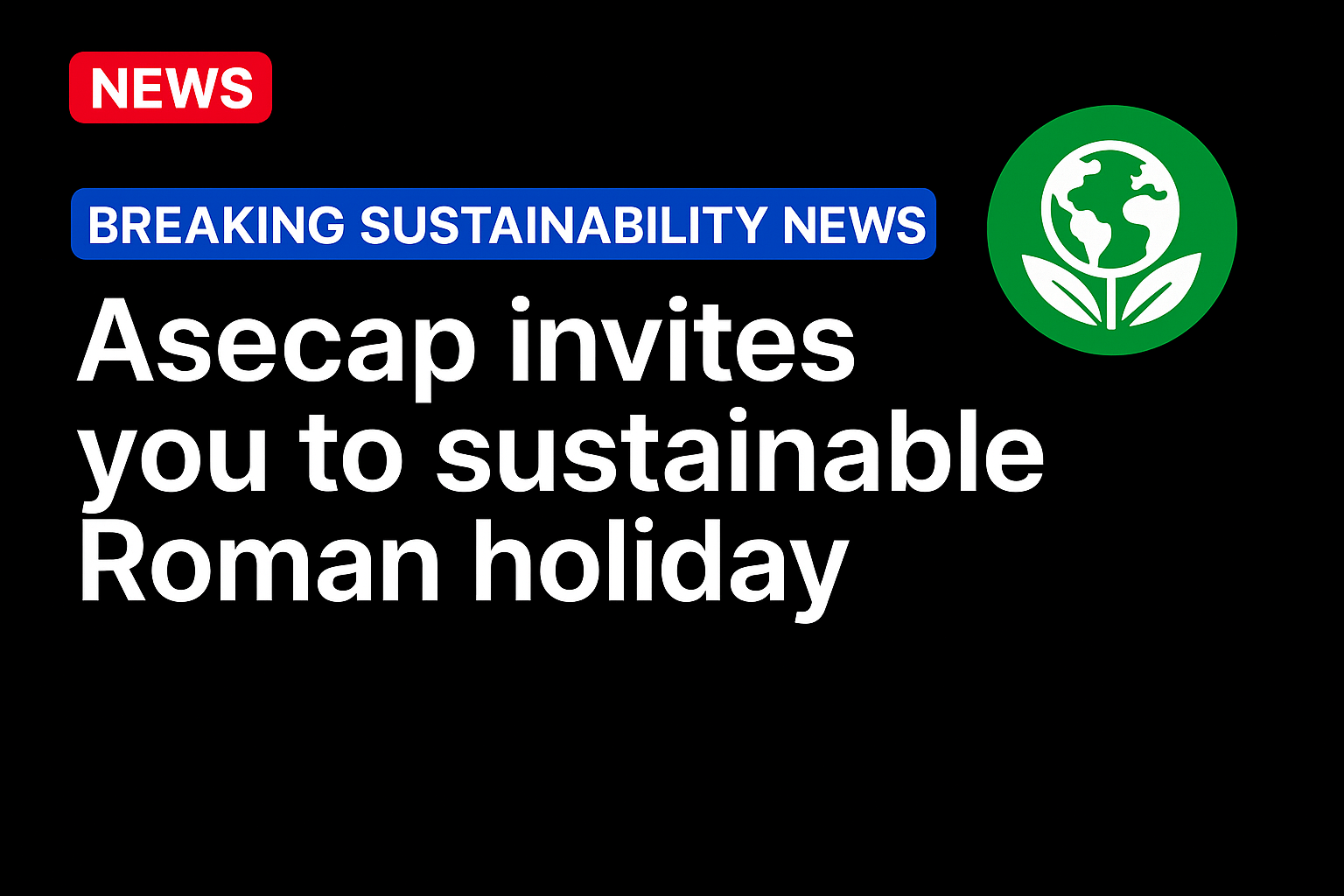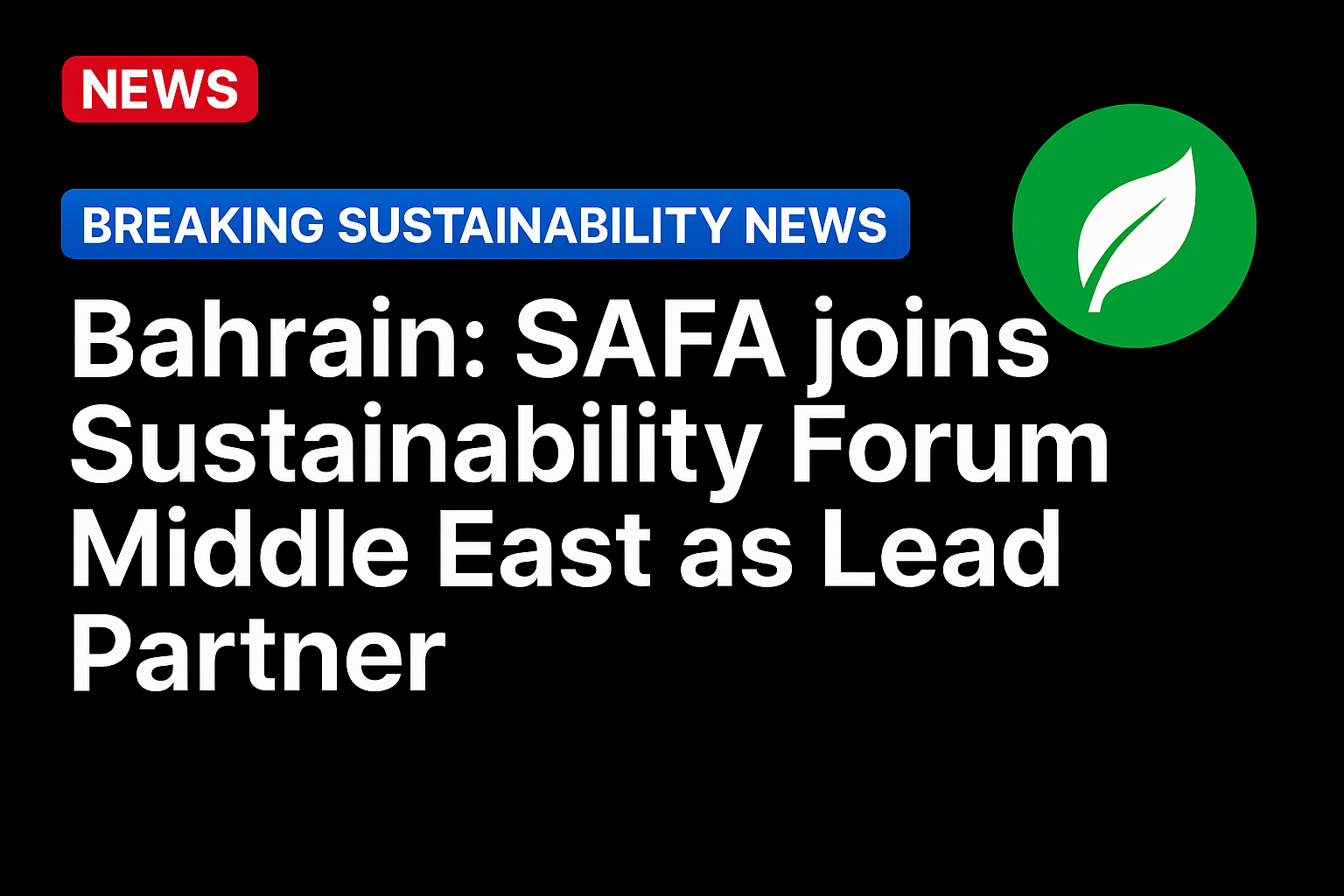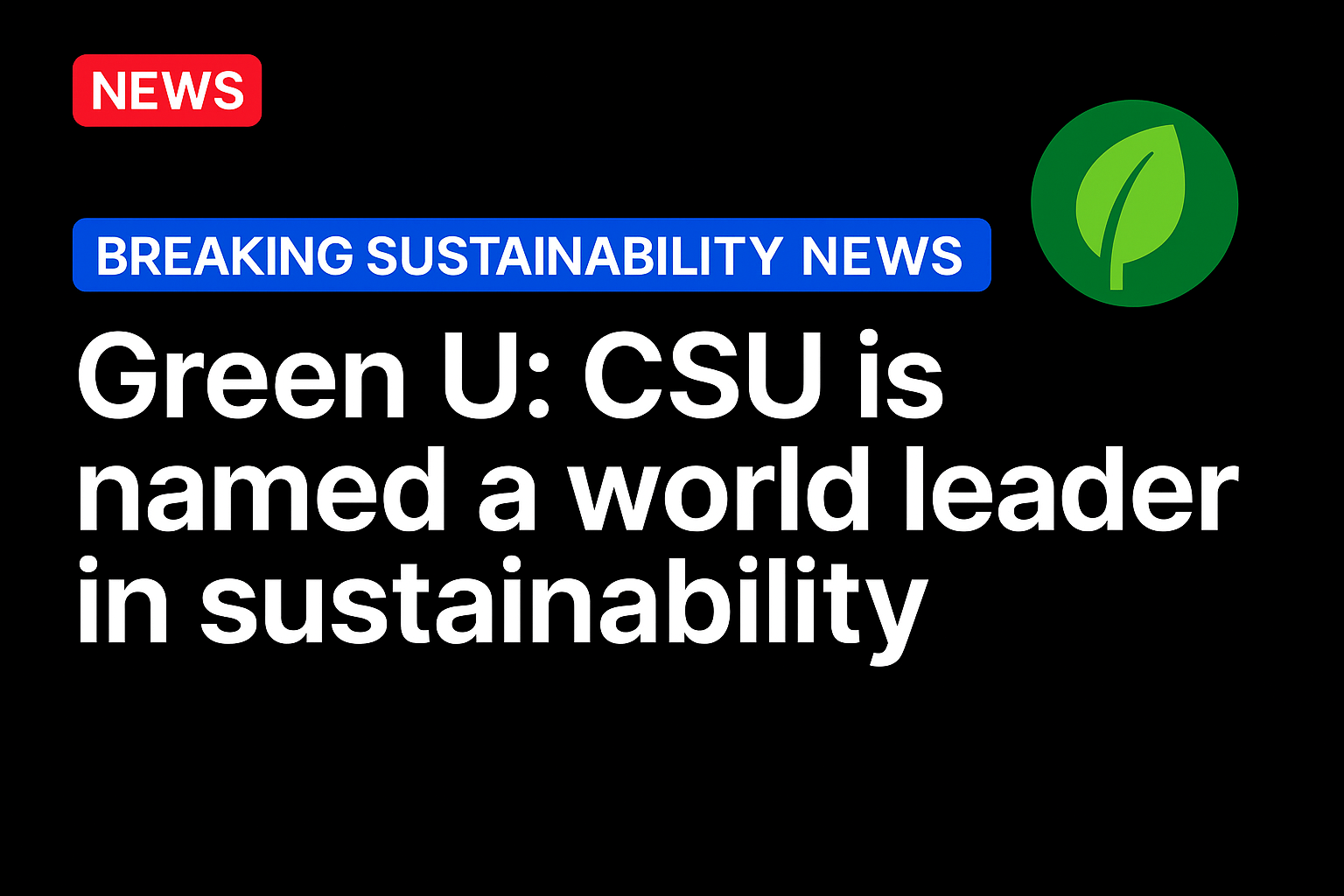Sustainable finance is no longer just a regulatory checkbox—it is becoming central to how financial institutions like ours must operate in the coming decade. The way we integrate sustainability into mainstream finance will determine the resilience and competitiveness of Bangladesh’s financial system.
Our economy is increasingly exposed to environmental, social, and governance (ESG) risks, while the country has committed itself to ambitious Sustainable Development Goals (SDGs). In this context, banks and non-bank financial institutions (NBFIs) must align their portfolios with green growth. I believe sustainable finance will evolve from being compliance-driven to becoming strategy and results-driven—delivering tangible long-term value to businesses, communities, and investors.
Sustainable financing is now fundamental to business continuity, risk management, and long-term profitability. Regulators, development partners, and even our customers are demanding stronger alignment with global climate commitments. Those who embed sustainability into their business models now will emerge as sector leaders in the years ahead.
Our performance in sustainable finance
At IDLC, sustainability has always been at the heart of our philosophy. In 2024, 37.82% of our total disbursement fell under sustainable finance—well above the Bangladesh Bank’s 20% minimum requirement. Similarly, 13.47% of our term loans were in green finance, more than double the mandated 5%. Beyond the numbers, our projects reached more than 484,000 beneficiaries by the end of last year. I am also proud to share that Bloomberg’s latest ESG rating placed us among the top-ranked financial institutions in Bangladesh, with an overall score of 3.51.
We actively prioritise financing in renewable energy, energy and resource efficiency for the textile and RMG industries, green buildings, effluent treatment plants (ETPs), and sustainable CMSMEs. What excites me most is the repayment culture in this portfolio. Our classified loan ratio in sustainable finance is only 1.99%, which is less than half of the NPL ratio for regular loans. This reinforces my belief that businesses embracing sustainability are not only resilient but also more responsible borrowers. It gives me hope that our efforts will generate even more positive outcomes for Bangladesh in the coming years.

Infograph: TBS
Future plans for sustainable growth
As a signatory of the Net-Zero Banking Alliance (NZBA), we are committed to aligning our portfolio with Bangladesh’s long-term sustainability agenda. In 2024, our sustainable financing portfolio stood at BDT 3,987 crore. Our future ambition is to grow this further by financing renewable energy, green buildings, waste management, and sustainable agriculture—helping CMSMEs adopt cleaner technologies.
We are also walking the talk internally. Our upcoming head office, the IDLC Tower in Tejgaon, is being built to LEED Platinum–certification standards. Once completed, it will be one of the most sustainable workplaces in the financial sector of Bangladesh.
Product innovation for sustainable finance
To accelerate adoption, we are innovating products that make green financing more accessible for both businesses and individuals. Some of our notable initiatives include:
- ETP financing to help industries reduce river pollution and safeguard aquatic life (SDG 6 & 14).
- Green building financing, encouraging clients to achieve LEED certification through energy-efficient design and waste management (SDG 7, 11 & 13).
- Solar panel financing that reduces industrial electricity costs and allows surplus energy to flow into the national grid (SDG 7 & 13).
- IDLC Purnota, a tailored SME loan for women entrepreneurs, supporting gender equality (SDG 5).
- Online DPS through bKash, fostering financial inclusion for low and middle-income households (SDG 1 & 10).
We are also exploring new models for alternative energy financing. Every product we design must close a real gap in the market while contributing to a more sustainable economy. Additionally, we are looking at affordable home loans linked to green housing solutions, SME credit lines for eco-friendly manufacturing, and investment products that allow retail investors to back sustainable sectors.
Hurdles in promoting sustainable finance
The biggest challenge is awareness. Many local businesses are still not fully convinced of the long-term benefits of investing in greener practices. They perceive green projects as costlier, even though these often result in long-term savings and resilience. Changing this mindset requires both education and strong success stories.
Another challenge is the lack of technical expertise. For example, a small textile factory may want energy-efficient machinery but may not know which technology suits them best. Financial institutions alone cannot solve this—we need collaboration with technical experts, regulators, and industry associations.
Data and disclosure standards also remain underdeveloped in Bangladesh. Without proper benchmarks, it is difficult to measure impact consistently.
Regulatory support needed
Bangladesh Bank has already laid a strong foundation through its sustainable finance guidelines and refinancing windows. Going forward, the sector would benefit greatly from structured tax incentives, credit guarantees for SMEs adopting clean technologies, and stronger capacity-building programmes.
We also need refinancing windows with longer tenors for renewable energy and infrastructure projects. At the same time, it is crucial to align ESG disclosure with global standards like IFRS S1 and S2. This will help lenders and investors assess sustainability risks more consistently and build confidence in the sector.
The future of sustainable finance in Bangladesh is promising, but it requires a collective shift in mindset, continuous innovation, and strong regulatory support. At IDLC, we are committed to leading by example—not just meeting regulatory requirements, but creating a financing ecosystem that drives real impact for businesses, communities, and the environment.
Source: https://www.tbsnews.net/




